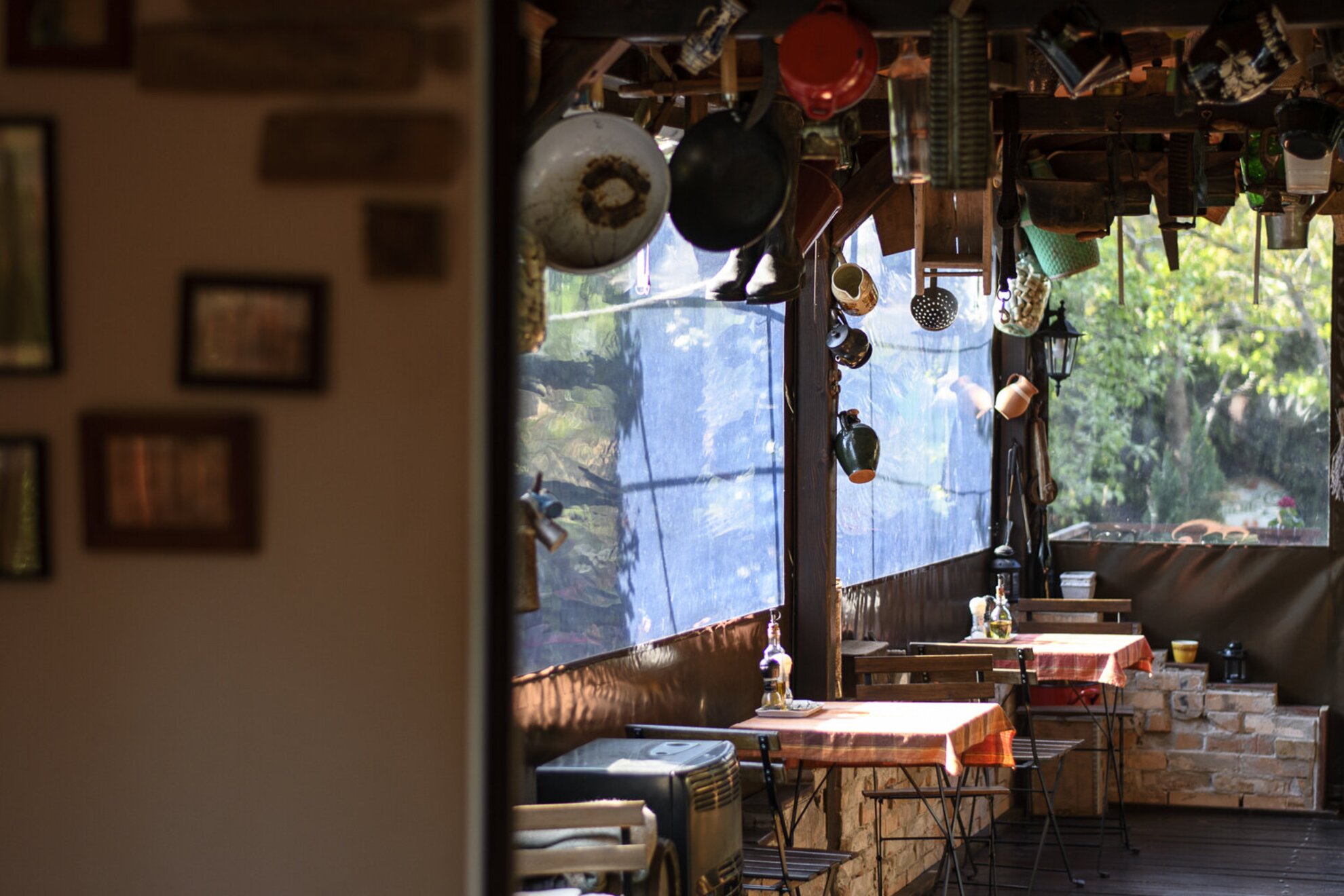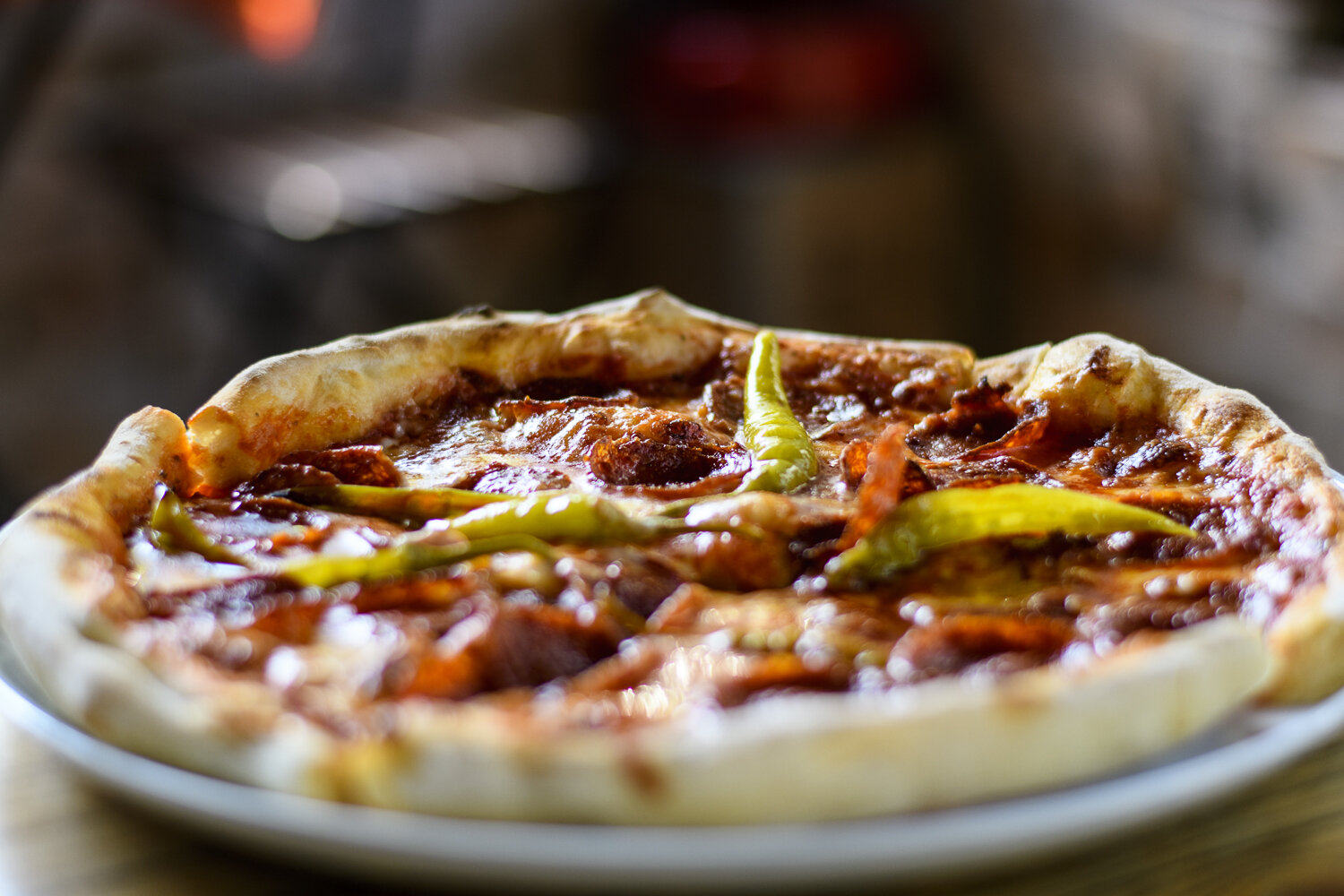Tattooed and looking like a rap-star, owner and chef Sándor Kiss pleases the guests of Rozmaring Kiskert Restaurant and Pizzeria in Balatonszéplak with such masterfully made Italian meals that people usually think he learned the secrets of his trade in Italy. However, that’s not the case: a fan of Italian cuisine, the chef learned how to make the authentic flavors from books out of curiosity – spiced with a lot of persistence. And let’s not forget about the quality Italian and Hungarian ingredients that he gets from the nearby Siófok market or straight from the producers.
It’s like stepping into the kitchen of an Italian grandmother: a crucifix, Italian jams, canned goods, and salt on the shelves, pictures from Italy on the walls. All of this mingles with a rural Hungarian feeling due to the old boots, lamps, hand mills, and jugs hanging from the ceiling.
You won’t see the Nonna (grandmother in Italian – editor's note) – instead, Sanyi is here to make us lunch diligently and without words. We can’t lure him away from the stove. The radio plays quietly, and we are surrounded by a calmness on this Friday afternoon, one that we won’t be able to experience during the high season in summer. We saw last year’s register with the reservations: there wasn’t a single empty line in it.
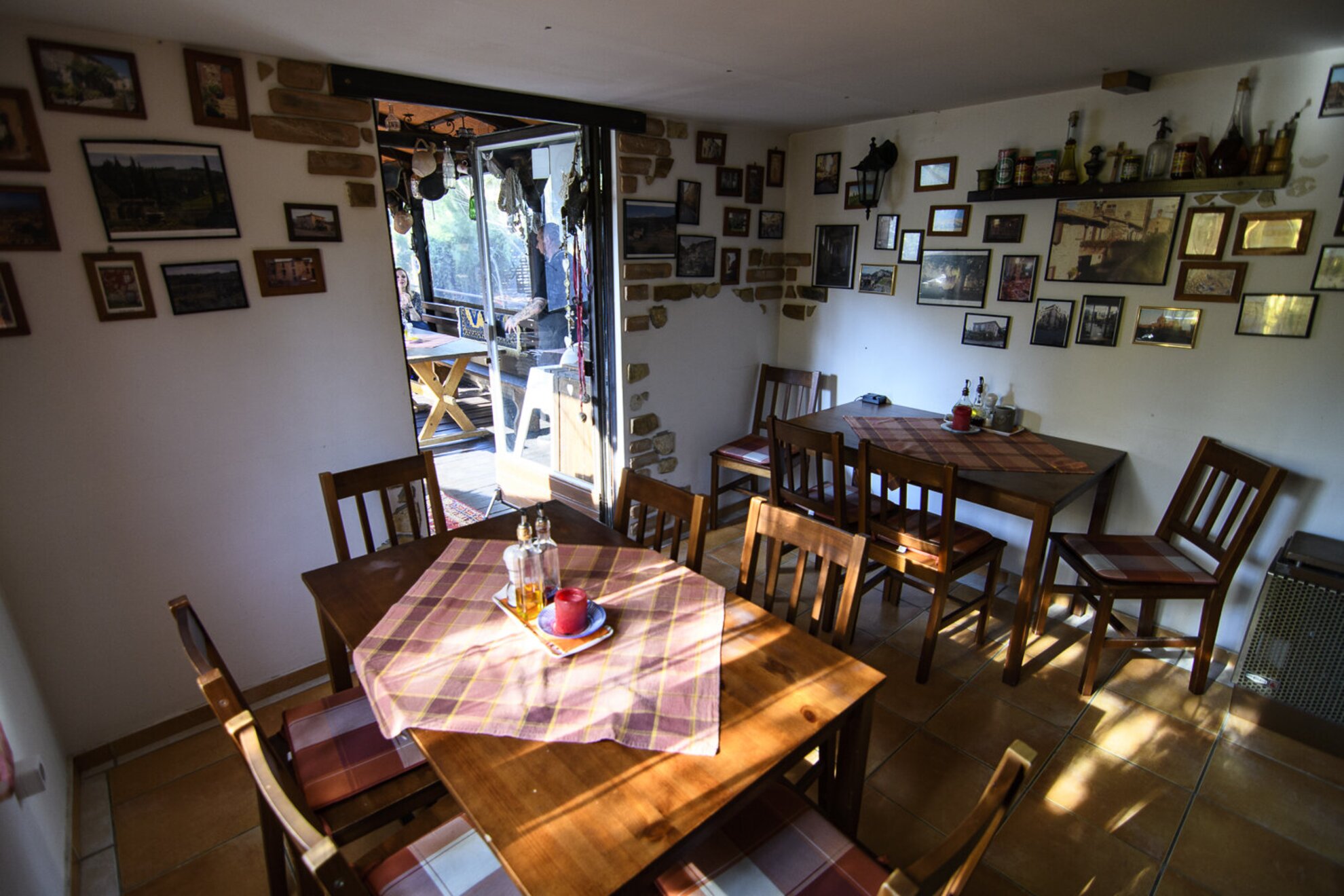
News about Rozmaring (which means “rosemary”) were passed down by word of mouth. Far from the noise of the beaches and shops of Siófok, we can find it in a quiet street of holiday homes in Balatonszéplak. The restaurant, surrounded by large, leafy trees, doesn’t advertise itself too obviously on the street, and if it wasn’t for the GPS, we might have simply went by it. That would be a pity, and not only because of the good value we get for our money. The menu has rich meals with complex flavors, yet they aren’t over-complicated (soups, salads, meats, pizza, desserts).
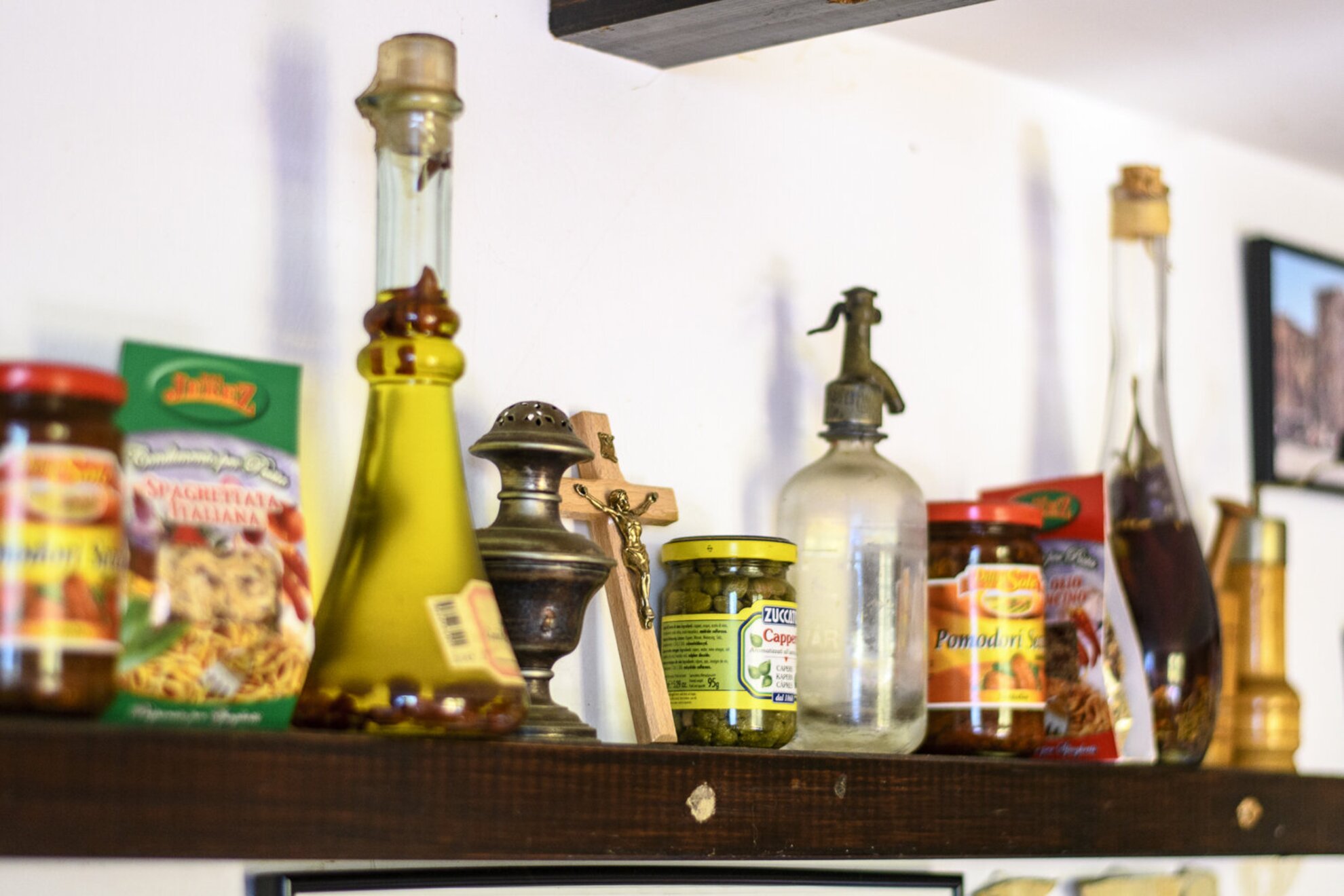
We tried the sea fish soup (2,290 HUF). It was so filling with the garlic and olive oil pizza bread we received on the side, that there wasn’t any room left for the tiramisu (900 HUF) and the Nutella filled mini-calzone (800 HUF).
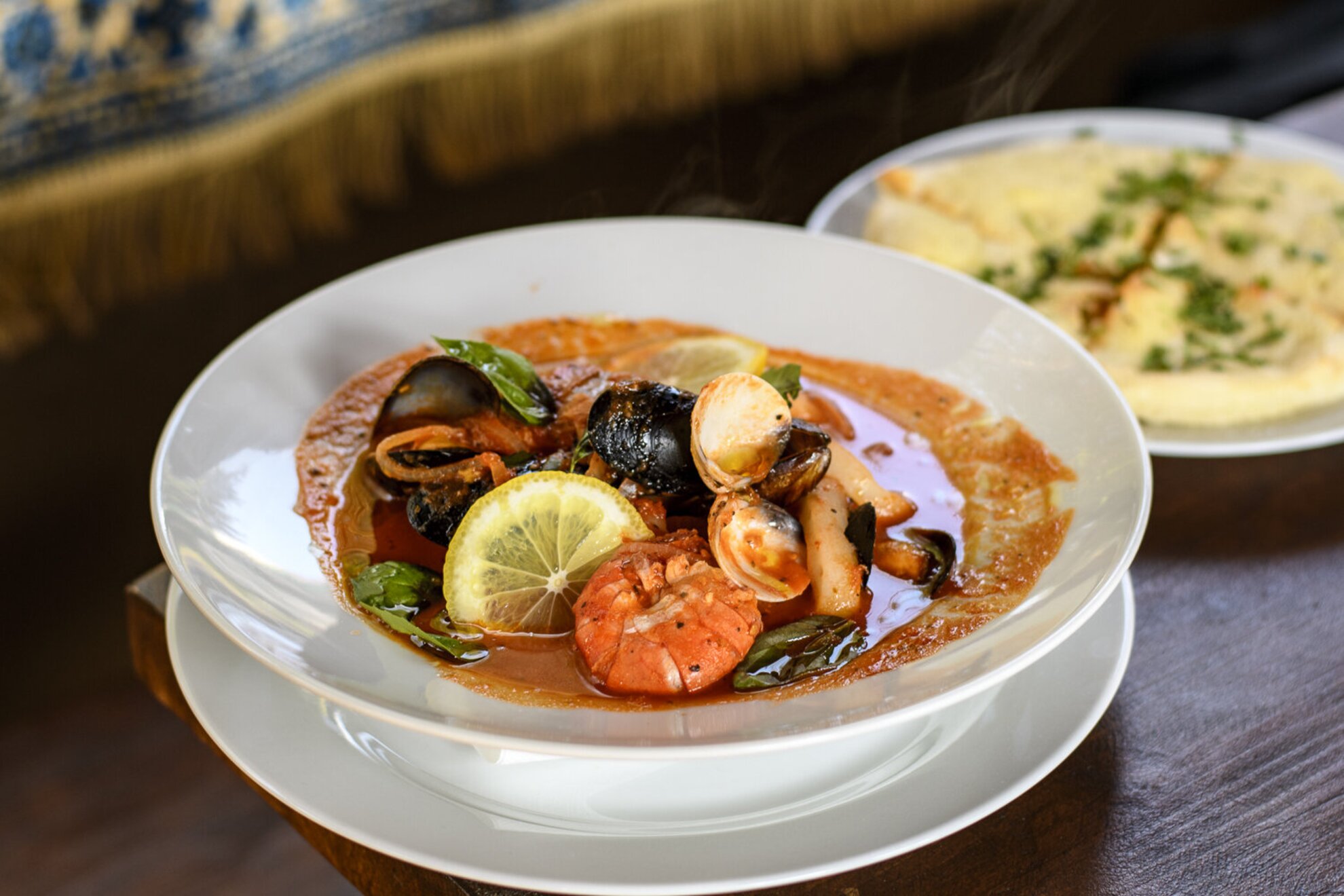
The 2016 Gault & Millau also recommended them, which sealed the deal – we had to visit this little restaurant that was listed among the well-known names. We surely weren’t the first ones to discover this place through the Hungarian issue of the French guide, since we were almost caught when we were asking about the popular courses that the guide recommended – there was a tiny spark of recognition in the waiter’s eyes as he realized that he’s dealing with gastro-fanatics once again.
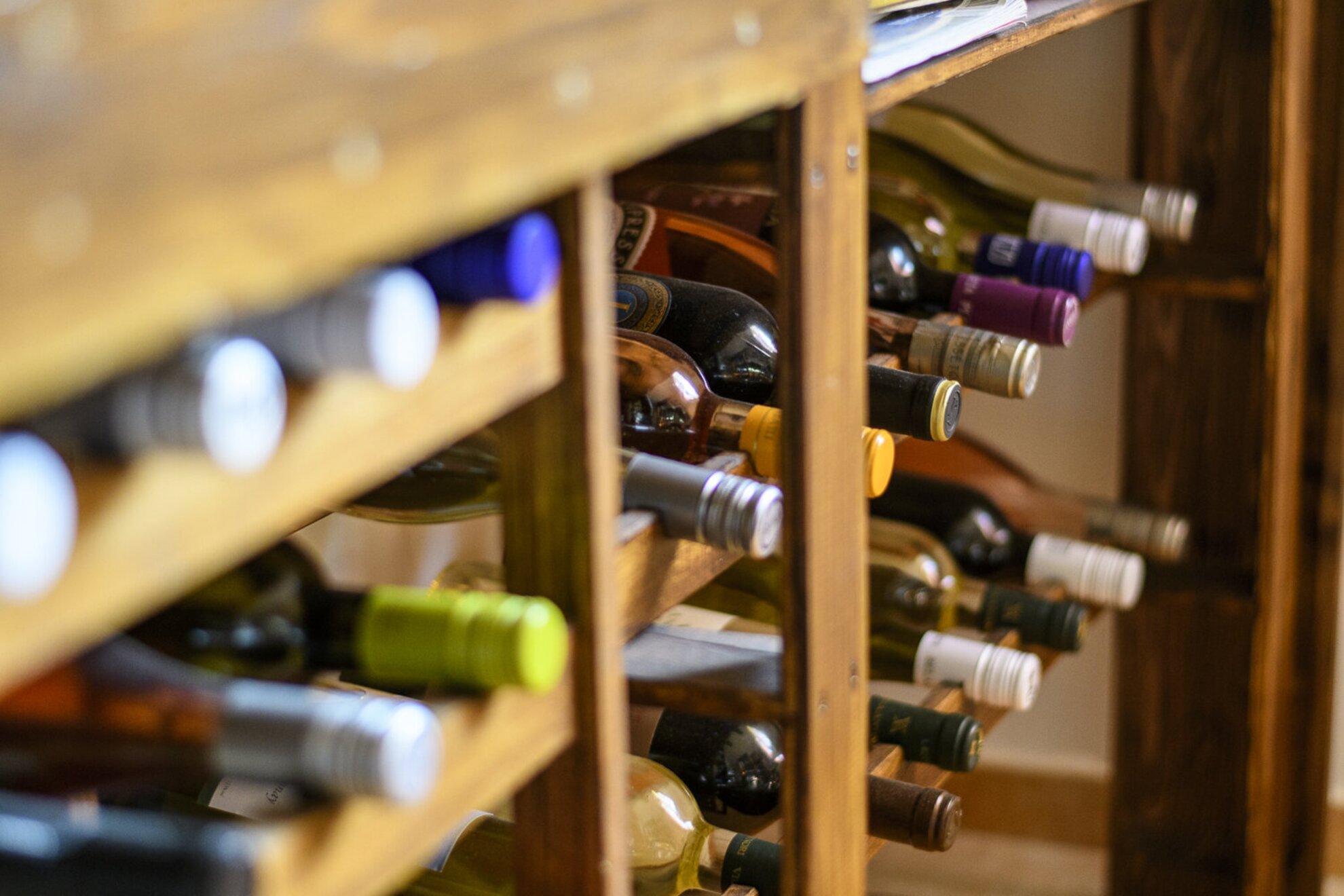
The pizza selection is sensible, luckily they don’t have some of those Hungarian hybrid toppings, and instead of all-purpose flour, the dough is made from a mix that they created. The crust of the pepperoni pizza (1,490 HUF) is crunchy but soft inside, the tomato sauce is tasty while the topping is rich – and they even have a gluten free version.
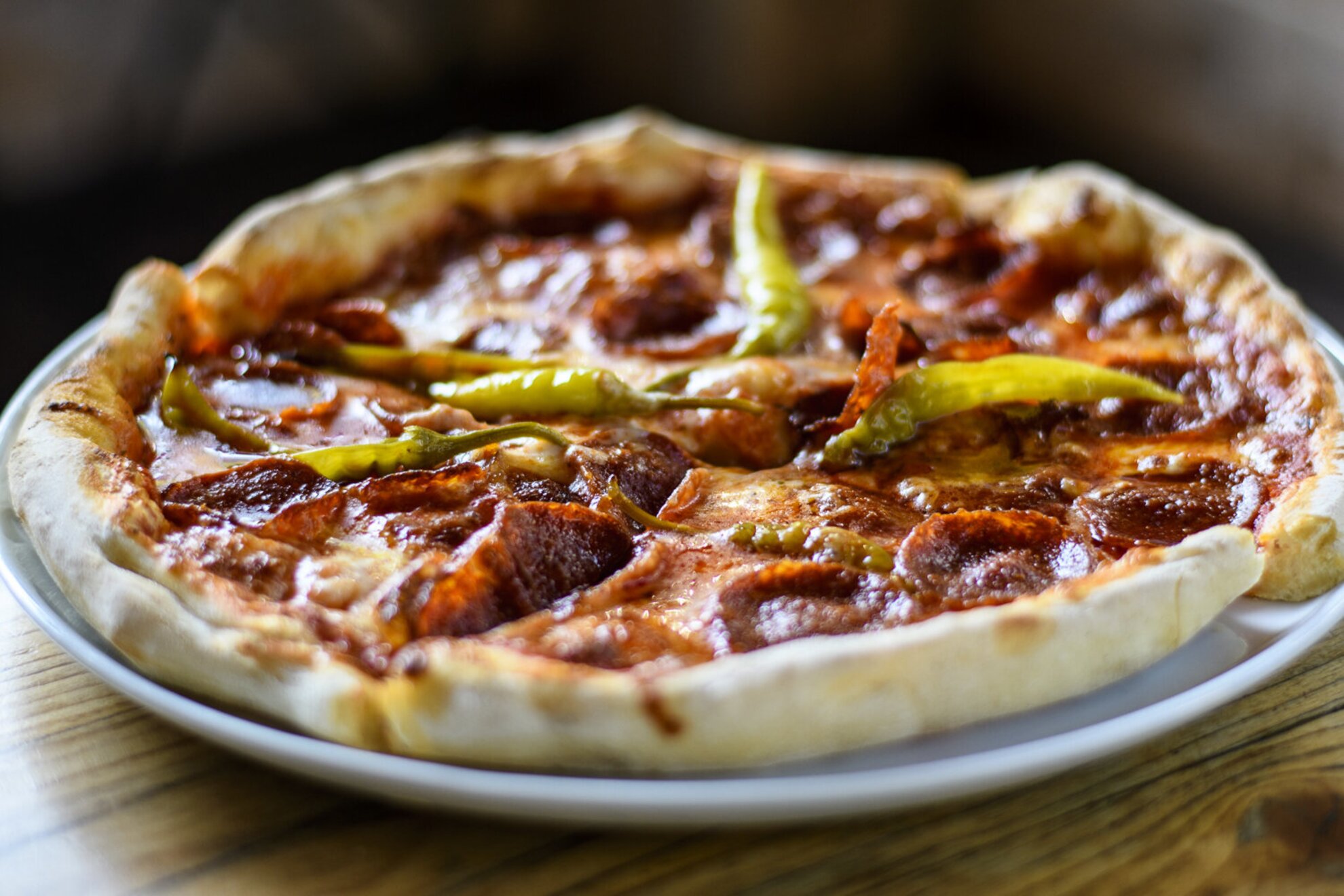
“There’s no need to over-complicate things” said the chef, Sanyi after the waiter, who also happens to be named Sanyi, managed to finally lure him out of the kitchen. As it turned out, he used to spend his summers at Lake Balaton as a child, and he opened the restaurant in 2011 when he moved to Balatonszéplak. He manages the place in such a convincing manner that people regularly think that he learned it all in Italy. However, that isn’t the case, he simply read the books ardently, he learned, experimented, and didn’t give up. He believes in a simple kitchen, one without bluffs, because that’s what Italian cuisine is about to him: to make good meals from a few ingredients, to be with friends and family. Let the meals speak for themselves.
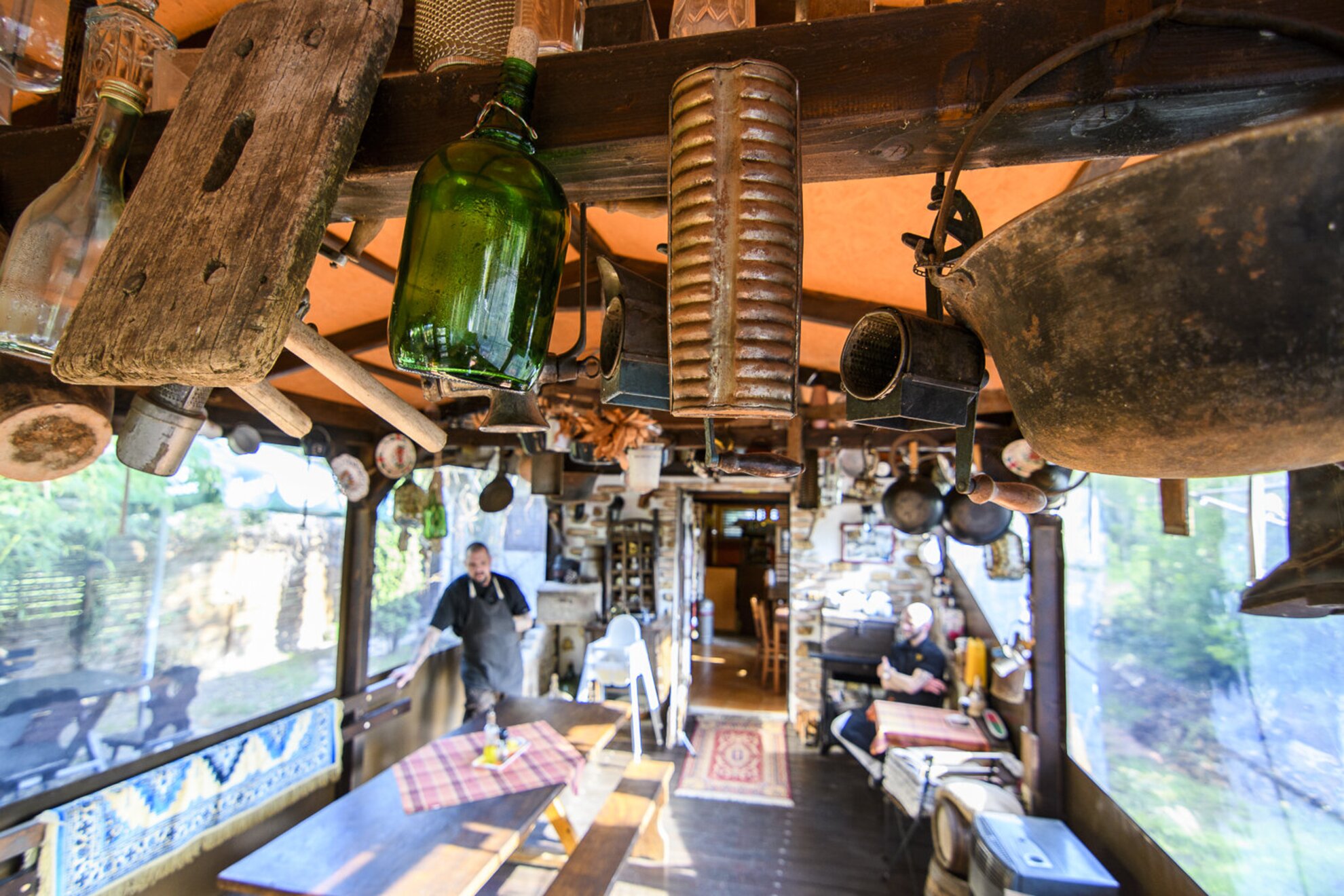
And they definitely do speak for themselves, that’s why they wouldn’t take their popular courses, like the parmesan tenderloin, off the menu, because “that would cause troubles”. Meanwhile they manage to have new items as well: one of them is porchetta.
He doesn’t grow the vegetables himself because “I can get great produce at the market in Siófok”, he says. He gets the fish and seafood from Siófok, and he managed to find the best Hungarian flour for the pizza dough.
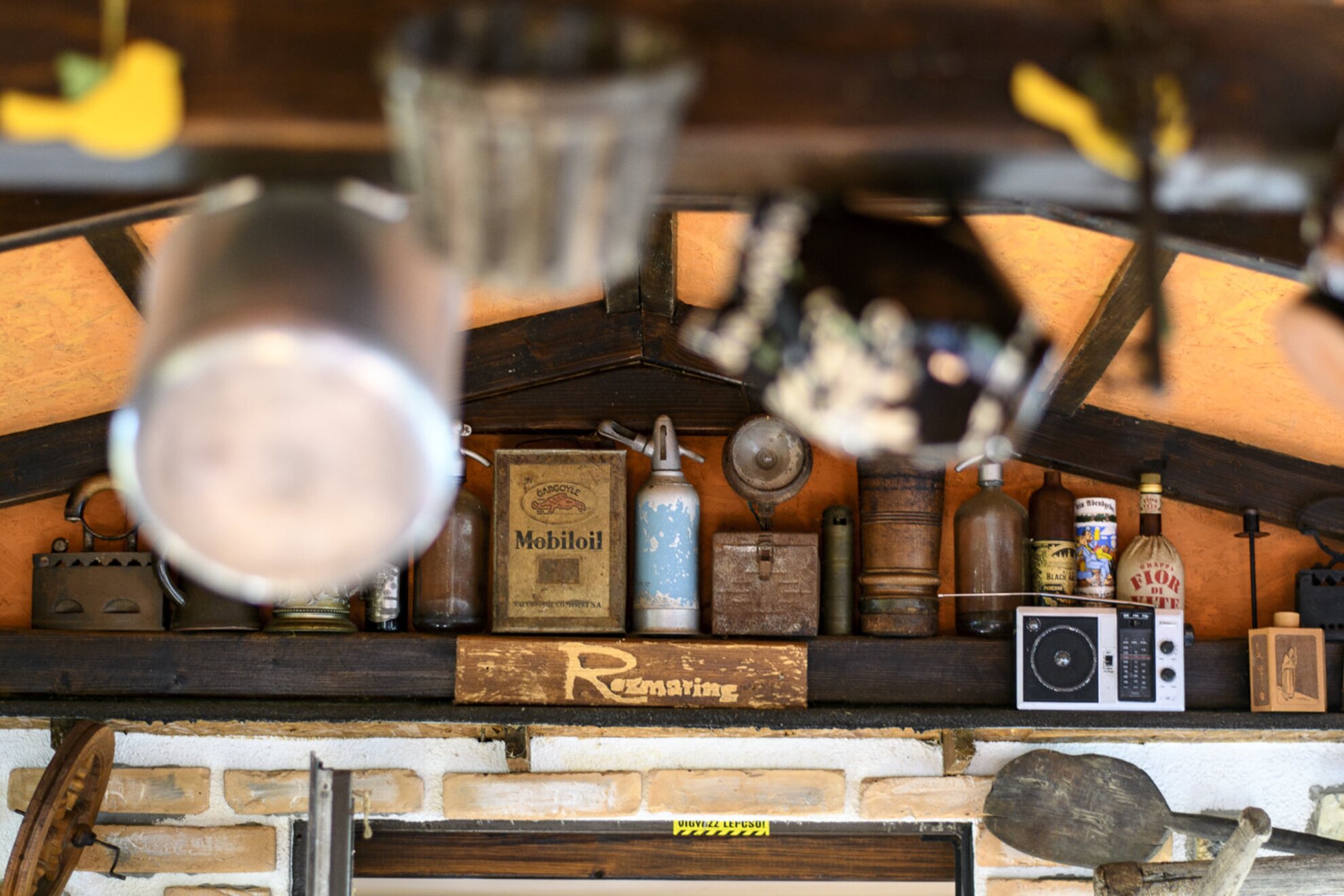
It’s all stripped-down, there’s no need for flamboyancy. The two Sanyis are just like that, too. Sanyi (the waiter) reminds us with a smile that they make everything by hand, so it takes time to make the meals. We got our orders quickly, but they admit that sometimes people urge them, but they can’t do anything about it, since they wouldn’t want to let go any of their own expectations.
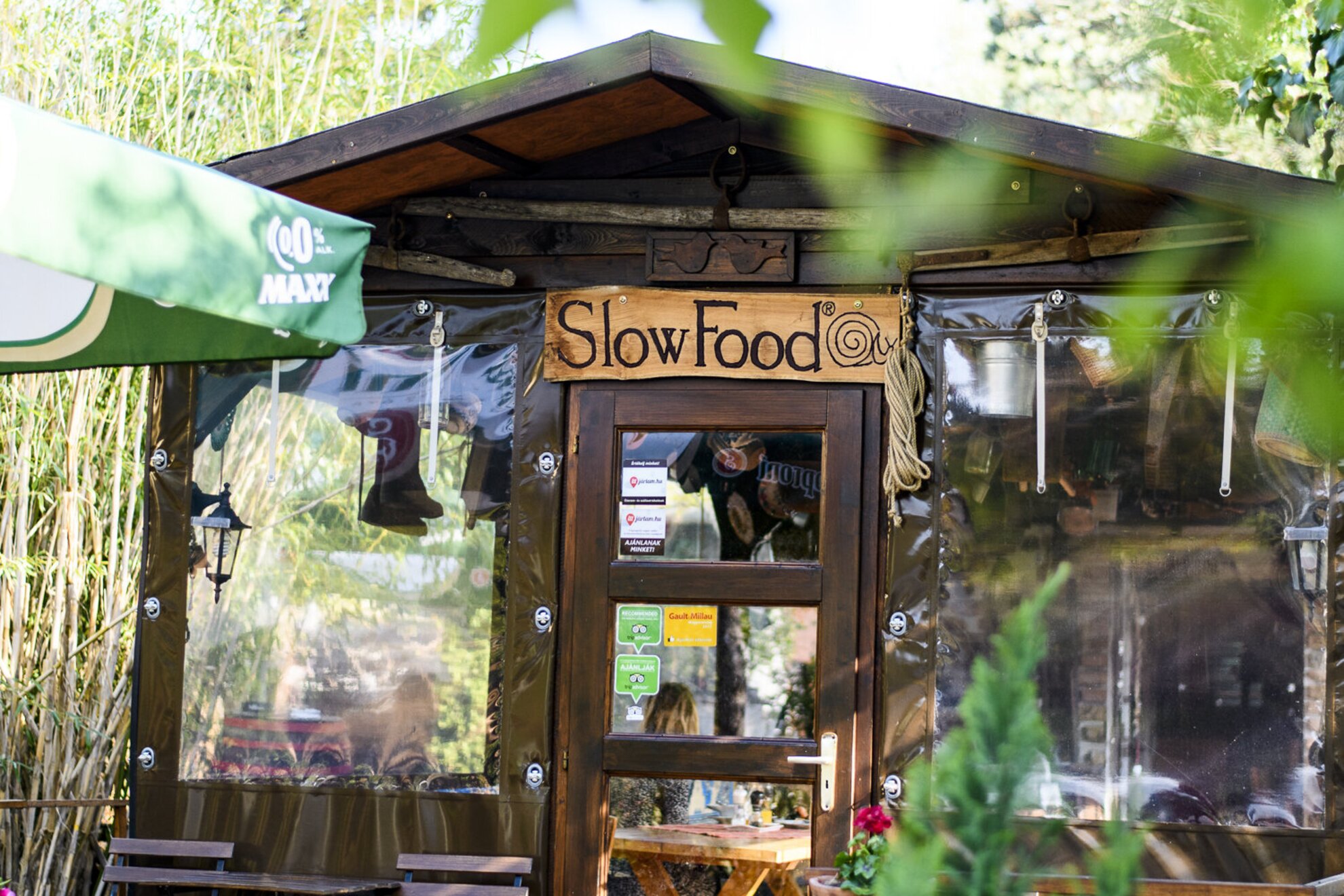
They take the idea of a traditional kitchen so seriously, that they don’t even have a dishwasher. This is quite surprising given the full houses they get in summer. Some say Agatha Christie used to come up with all the various horrors of her novels while washing up the dishes, because she hated doing them so much. Sanyi, the waiter, starts working on the gigantic heap of dirty dishes after they close, and finishes it by dawn. And while he’s telling this, he keeps smiling, and that smile doesn’t look fake, not even for a moment.
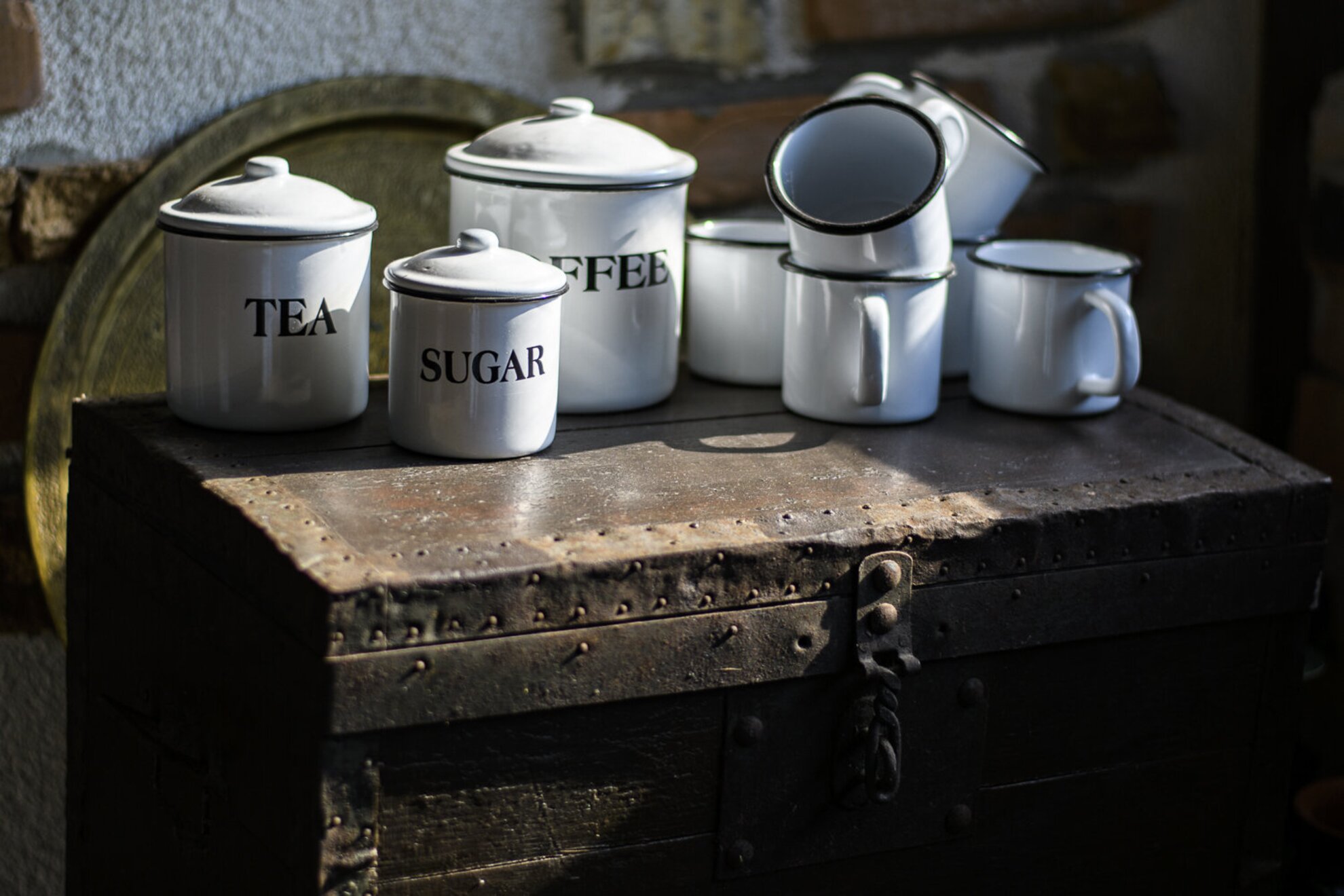
Sanyi, the chef, jokingly says that he definitely won’t become a millionaire by doing this. Yet time seems to prove that they are doing things right: they’ve been slowly growing ever since their opening in April, 2011, even though their maximum capacity is 70 people, and they don’t want to change that. Locals mainly come here during fall, winter, and spring; they also do deliveries during that time.
